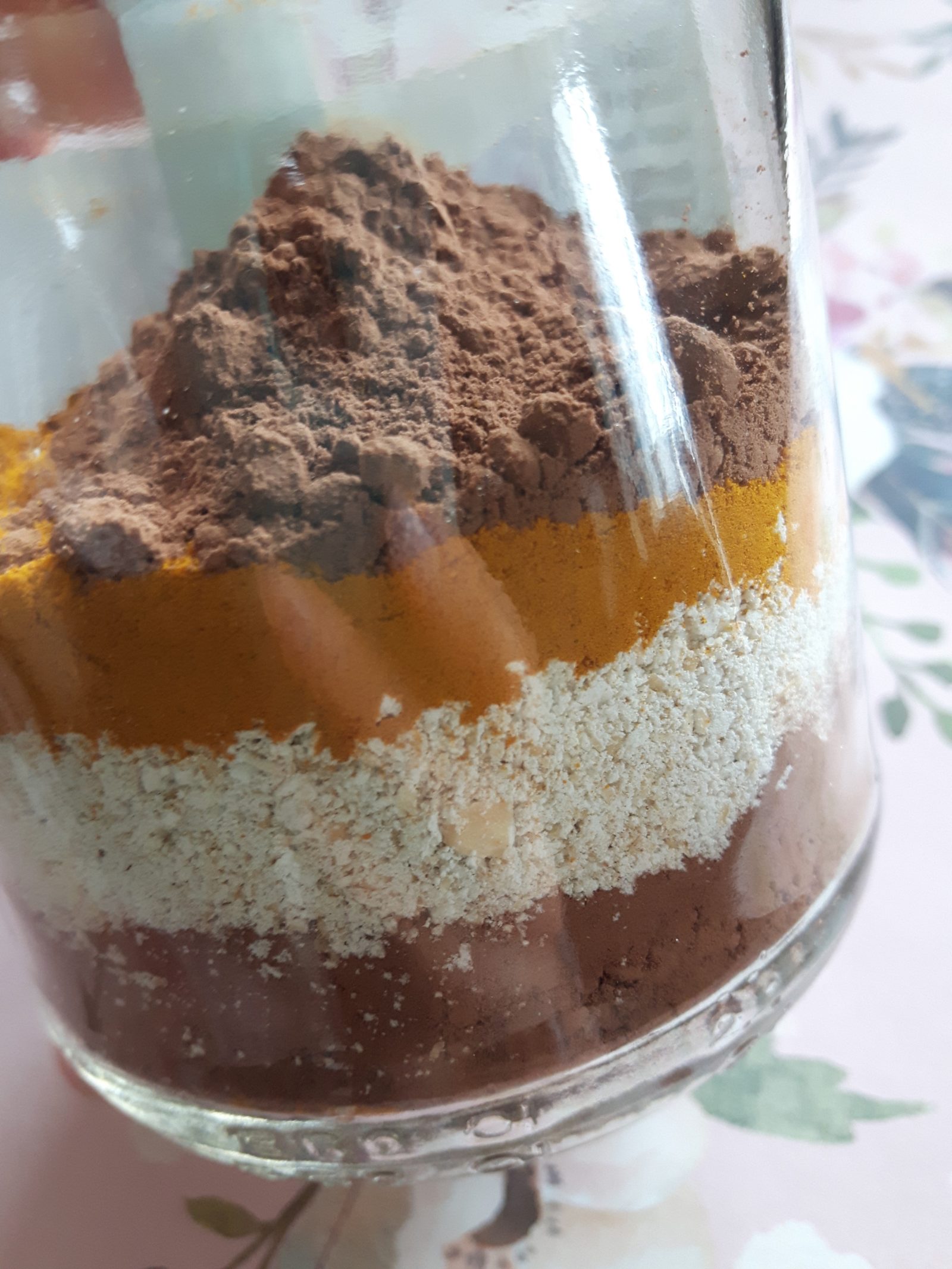Taking some time out of your busy day to relax and rejuvenate yourself can be an amazing feeling. There are a great deal of stressors in our day to day lives and just as many toxins that clog our pores and prevent our skin from functioning properly. Stress and toxic build-up can prematurely age the skin, cause inflammation and wrinkles.
This Cacao and Turmeric face mask aids in healing the skin, reducing inflammation, preventing premature ageing as well as getting rid of toxins and promoting skins natural ability to detoxify.
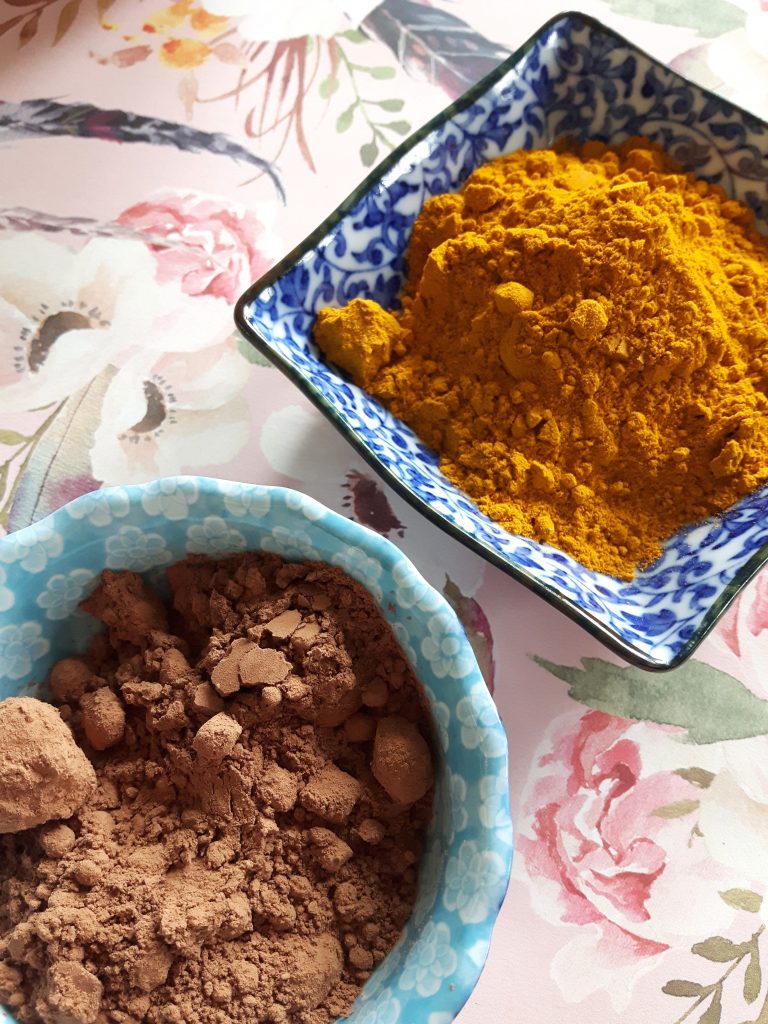
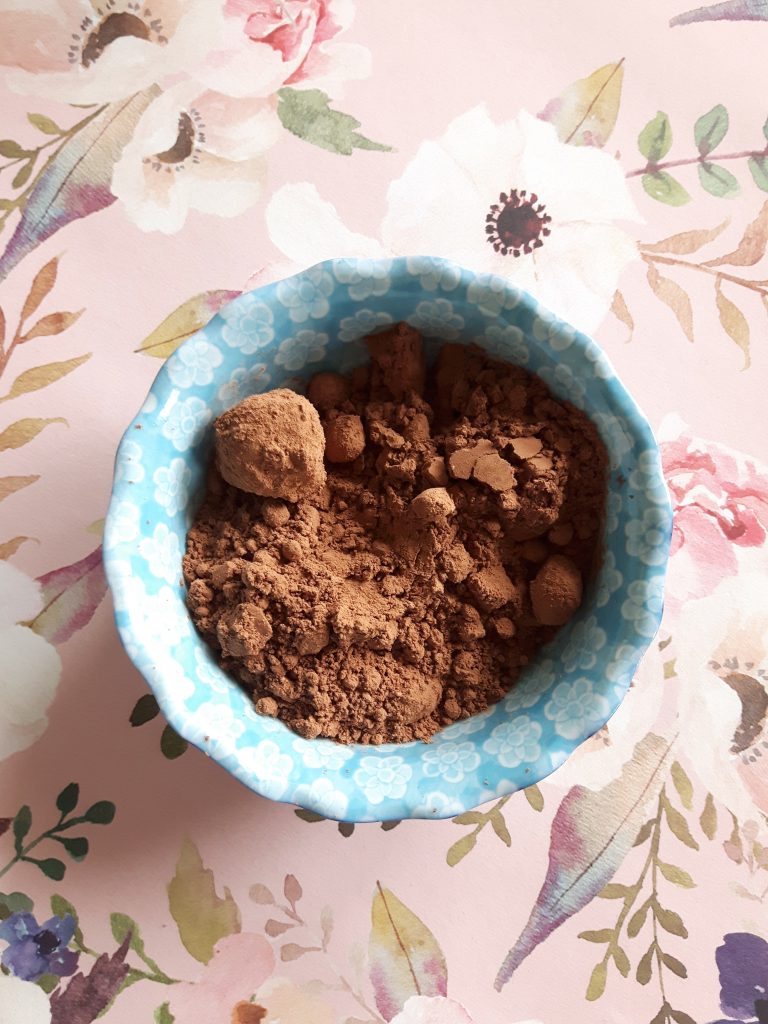
Raw Cacao and Turmeric Face Mask
Large Batch
Ingredients
1/2 cup of Raw Organic Cacao
3/4 cups of ground gluten-free oats
1/4 cup of Organic Turmeric Powder
Keep this is a jar in the washroom. There isn’t anything in there that will spoil. However, with exposure to light and heat, the antioxidants will degrade. As a result, it is best to keep it in a drawer or cupboard away from sunlight.
When grounding the oatmeal, a mortar and pestle will take far too long, if you have a coffee grinder I highly recommend it.
Face Mask
Ingredients
1 tbsp from your large batch
2 tsp of milk (not skim milk) + more if needed
Optional: to add extra moisture to your skin some unpasteurized honey 1tsp
Mix all until well combined, spread onto your face, avoiding eyebrows, eyes and mouth. Keep the mask on for between 20-30 minutes or until it tightens up and is completely dry. Wash off with warm water. If you need a little extra scrub I recommend using natural sea sponge or well soaked up natural loofa.
I have tried this with water, it did leave my skin a little yellow (nothing a good scrubbing wouldn’t get rid of).

Cacao and Turmeric have been used for hundreds of years by the Mayans and by Auyervedic Medicine in India. The Mayans may have mainly consumed cacao, though it was also a very important part in many of their rituals. In Ayurvedic medicine, turmeric has been applied to the skin as a means of healing, for inflammatory reduction and for healing the skin. In terms of Beautification in India, turmeric was also and continues to be used to this day for the removal of unwanted facial hair, softening the skin and lightening skin tone (not sure about this myself, however as it is anti-inflammatory it can be beneficial at removing discoloration that is a result of mild adrenal insufficiency – which can result in hyperpigmentation). Both of these superfoods possess very powerful benefits for the skin, when applied topically and when consumed internally.
Cacao Powder Benefits for Skin
Raw cacao powder is made by cold-pressing unroasted cacao beans, this leaves all the enzymes and nutrients in place, unlike cocoa powder (which is a darker, richer colour of chocolate and a more sweeter in taste) which is made from the same way as cacao, however it goes a set further (more processing) and is heated or baked at a high temperature, diminishing antioxidant content but bringing forth more chocolate flavour.
Raw cacao powder contains free radical fighting antioxidants, it is a rich source of flavonoids (Burke, I., 2016). Cacao contains the phytochemical epicatechin, this secondary plant compound aids in the prevention of wrinkles. The presence of catechins in cacao provides anti-ageing benefits, by turning down age -promoting cell mechanism and enhancing the strength of the cell membrane (Hart, J., 2014).
Cacao powder aids in improving the functionality of blood vessels, increasing the micro-circulation (your face is filled with tons of small blood vessels that sometimes don’t get a lot of new blood pumped into them, facial dry brushing and gua sha can aid in this as well) and improving skin density and hydration (Burke. I., 2016).
Cacao is also a rich source of minerals including; copper, iron, manganese, sulphur and zinc. When cacao is applied topically they all provide numerous benefits to the skin primarily much-needed nutrients, as well as promoting cell health and preventing cellular degeneration (Burke, I., 2016).
Zinc, for example, is found in every human cell and is an essential mineral to the body and needed in over 100 distinct enzymatic actions, however, it is often overlooked and lacking. The epidermis contains 6x as much zinc than the subcutaneous tissue (the lowest layer of skin). Zinc helps in the prevention of infections – if you have acne – zinc can aid in its prevention and minimization (other underlying issues, such as diet, allergies also need to be addressed). Zinc also aids in inflammation reducing as well as keeping inflammation under control (please note, if you have a constantly puffy face it is often a sign of high cortisol levels in the body – this tends to mean exhausted adrenal glands aka the body is in a state of constant “fight or flight”. Zinc also promotes the manufacturing of new cells, which can be beneficial for topical wound healing/scars. Lastly, if you suffer from very oily skin zinc is a nutrient you want to consider (Burke, I., 2016).
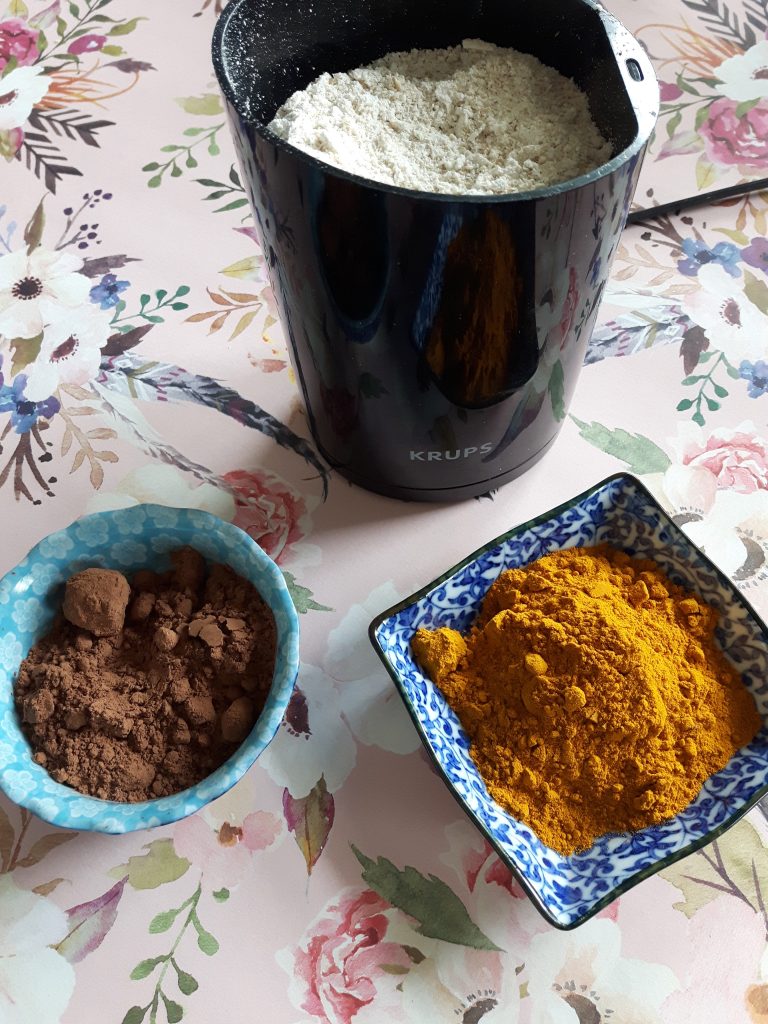
Turmeric Benefits for Skin
Many of the benefits of turmeric and its active compound curcumin we attest to its workings when consumed orally, however, it is just as powerful when applied topically. Turmeric aids in the reduction of inflammation and swelling (and pain associated with such issues) making it a great topical application (which can also be used across the whole body). In many scientific animal studies, it has been shown to reduce skin inflammation making it a reliable treatment (eds. Ravindran, P.N., et al., 2007). This anti-inflammatory reduction is mainly thanks to the volatile oils in turmeric (Graf, J., 2000).
Turmeric masks are also effective in the treatment of acne, rashes, eczema, pimples, psoriasis, fungal infections, and it has been known to discourage the growth of facial hair (eds. Ravindran, P.N., et al., 2007) (which can be beneficial for individuals with hypertrichosis or hirsutism – a turmeric mask would need to be applied daily for at least a month to see results) (Dayal, R., 2008). Tumeric aids in healing and cleansing the skin through assisting in the skins ability to detoxify. Daily we are exposed to hundreds of different toxins and environmental pollutants, they clog our pores making it hard for our skin to breath and cleanse itself.
Curcumin the active compound in turmeric possesses anti-ageing benefits. Premature ageing is often a result of environmental factors and skins inability to detox as well as a lack of sufficient nutrients. Topically curcumin has been shown to prevent free radical damage, aid in the prevention of skins water loss, provides skin with a natural SPF of 15, protects skin against wrinkles, aids in a youthful appearance, and promotes glowing skin (Mukherjee, P.K., et al., 2011).
Signs of Premature Ageing
- Irregular dryness (can also be a sign of a food intolerance)
- Dark/Light pigmentation of the skin (also a sign of mild adrenal insufficiency)
- Sallowness of the eyes (a sign of parasites as well)
- Severe atrophy
- Leathery and dried skin
- deep wrinkles
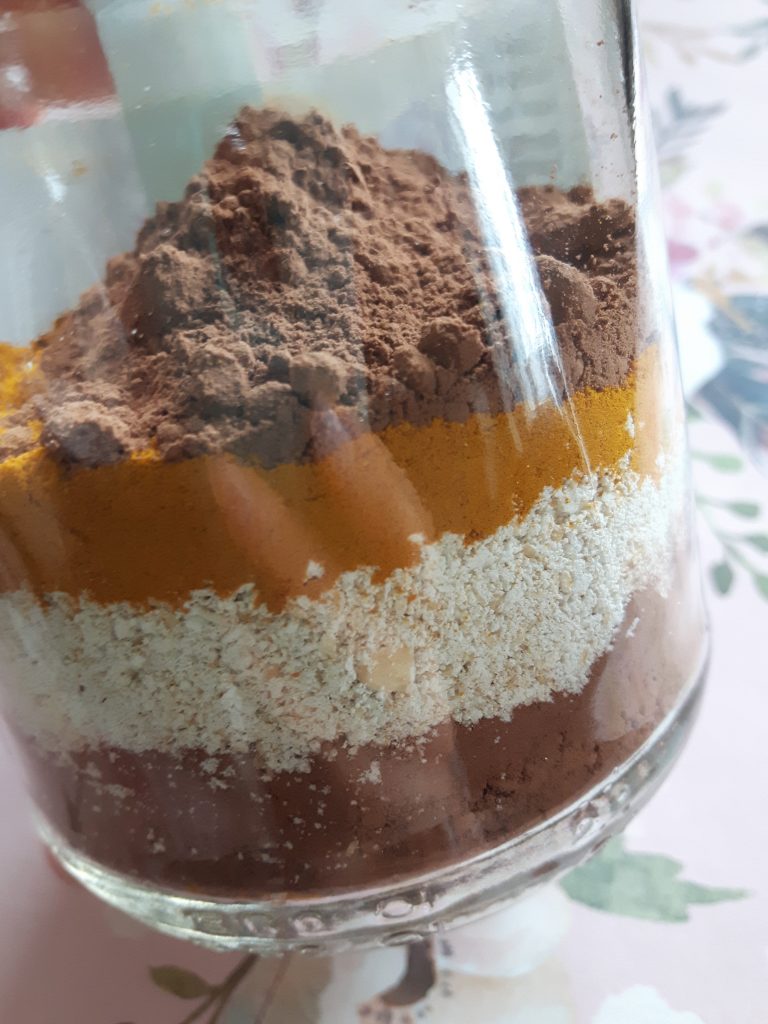
Will Your Face Turn Yellow?
Using Milk for the liquid part of your mask, I have found that My face does not turn yellow. I have made a larger batch of the face mask mixed with water and kept that in the fridge so I could use it up – that I did find turned me a little yellow after I had used water to wash it off, but with a gentle scrub it came right off and I was not left with a yellow face.
I have seen many turmeric face mask recipes call for the use of sesame oil or coconut oil, you are very welcome to try that, however, I would try it on your arm first as oils are a lot better at soaking into the skin, therefore this may result in slight colouration but nothing temporary.
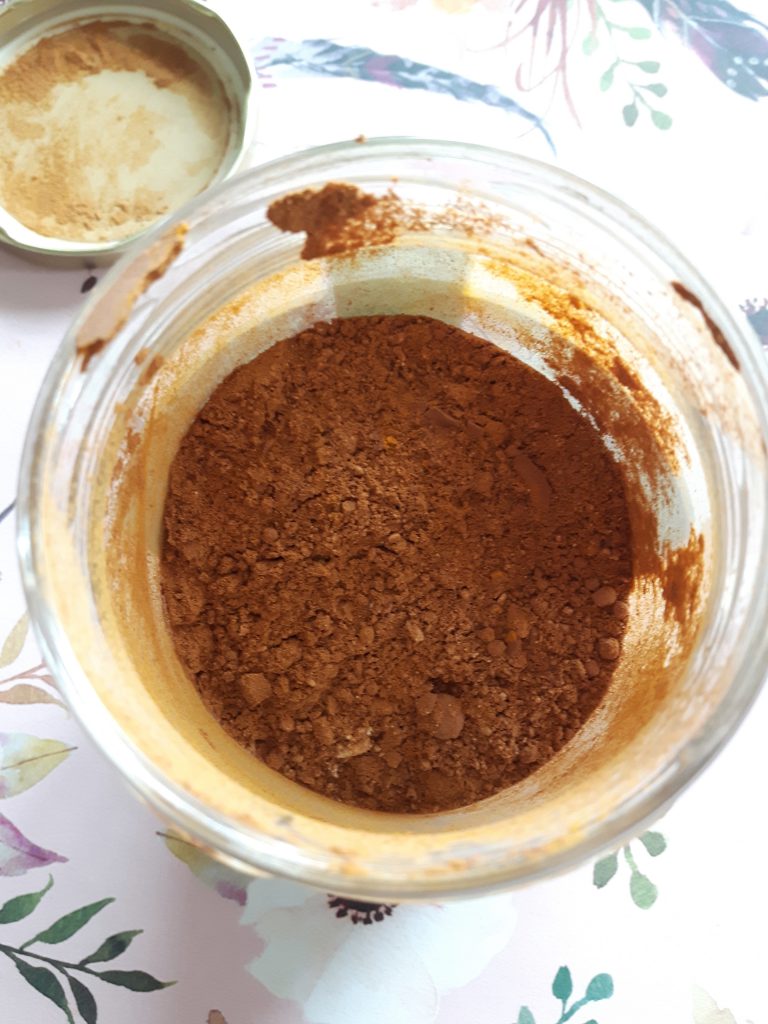
References
Burke, I. (2016). The Nature of Beauty: Organic Skincare, Botanical Beauty Rituals and Clean Cosmetics. Random House: New York.
Dayal, R. (2008). Natural Beauty Secrets from India: Easy Economical and Effective Head to Toe. Tate Publishing and Enterprise: Oklahoma.
Graf, J. (2000). Herbal Anti-inflammatory Agents for Skin Disease. Dermatology. Volume 5, Issue 4. Online available at PubMed.
Hart, J. (2014). Eat pretty. Nutrients for Beauty. Inside and Out. Chronical Books: San Francisco.
Mukherjee, P.K., Maity, N., Nema, N.K., Sarkar, B.K. (2011). Bioactive Compounds from Natural Resources Against Skin Aging. Phytomedicine. Volume 19, Issue 1, page 64-73. Online available at PubMed.
eds. Ravindran, P.N., Babu, N., Sirvaraman, K. (2007). Turmeric: The Genus Curcuma. CRC: Press: Florida.
Amanda Filipowicz is a certified nutritional practitioner (CNP) with a bachelor in environmental studies (BES) from York University. She also has certification in clinical detoxification, prenatal and postnatal care as well as nutrition for mental health. She has been working as a nutritionist since 2013 and is a lifelong proponent of eating healthy.

